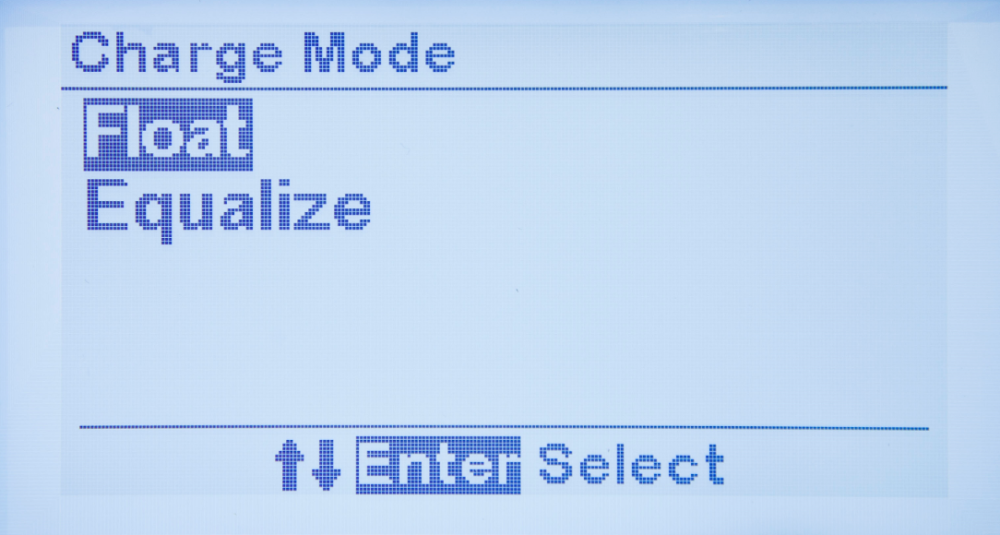
| SECTION TOPICS |
|---|
| ATevo Operating Modes |
| High Voltage Shutdown |
| Low Level Detect |
| High Level Detect |
| Disabling Ground Detection |
Last modified:
3 August 2023
Need more help with this?
Don’t hesitate to contact us here.


